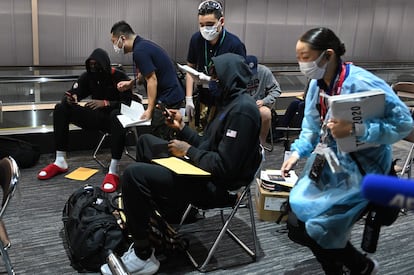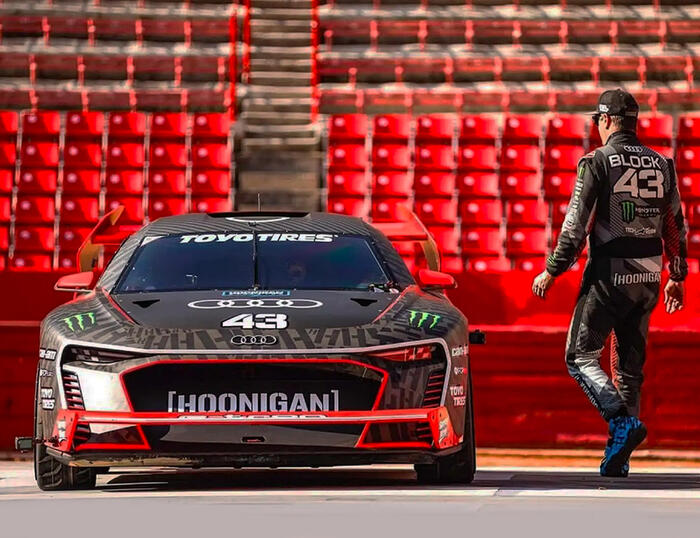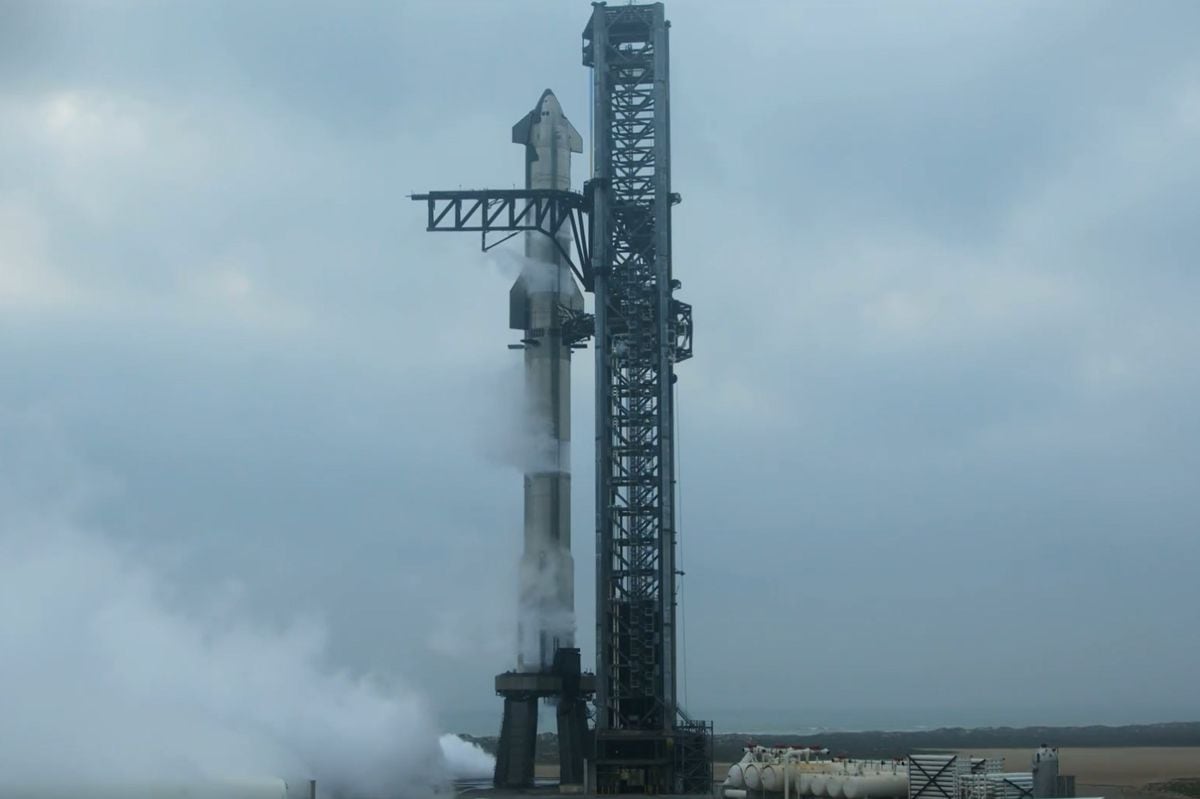Jerami Grant (C) of the United States basketball team, during the endless procedures at Narita airport.KAZUHIRO NOGI / AFP
In the pre-pandemic Games, the only concern of athletes and journalists, apart from arriving in the best physical condition first, was not to forget the accreditation to fly to the destination country.
The Pandemic Games, which start this Friday in Tokyo, the capital under a state of emergency, have become a gymkhana in which the winner - or rather, survives - comes out the winner, the one with the most patience.
And what more papers will fit in the folder.
At what point in the gymkhana are you? The journalists who have just landed in Haneda and Narita, the two airports of the Japanese capital, are wondering on WhatsApp.
More information
Fear and emptiness in Tokyo before the Olympics
Video report |
David Llorente, the 'clumsy feral' of whitewater who made himself
Adrián Vicente, the new promise of Spanish taekwondo who has burst into full throttle
The procedures are very long. They started in June and sometimes end on the horn at the arrival airport. They include endless manuals full of rules to study before reaching your destination and the obligation to install two tracking applications. One, called COCOA, is the equivalent of the Spanish Covid Radar. The other, OCHA, is essential to enter the country, since it sends the access QR codes and, once installed, acts as a daily calculator on the health status of athletes and journalists, the only people, together with volunteers and referees, who will be present at these Games. There you have to enter the temperature daily and answer the same questionnaire as always: do you have symptoms, fever, have you taken fever medication, have you been in contact with a positive person,Do you have a family member or close person who has had close contact with a positive?
Each athlete and journalist had to send the dreaded Activity Plan before mid-June.
That is, the venues, training or competition venues you planned to go to, the name of the accommodation (non-official ones were rejected).
This plan has to be approved by the Government;
once approved, it automatically exits the OCHA application and generates the QR to enter.
Some media received the ok 24 hours before leaving, others an hour before the stopover and many others did not receive it until arrival and after calls to the organization of the volunteers who go out of their way at the airport.
If someone needs toothpaste, only a volunteer can go for it
In addition, the organization requires two PCRs within 96 hours before departure and the second within 72 hours, in laboratories authorized and approved by the organization itself, which sent detailed files to search for them anywhere in the world. Or almost. The triathlete Javier Gómez Noya, for example, who has been in Cozumel (Mexico) for the last four weeks, has had to travel to Cancun (hour and a half) to be able to undergo the tests. "And that implies making friends there so that during those four days we can have facilities in which to train ...", says Carlos Prieto, his coach. And he adds: “In the end what you want is to plant yourself in Tokyo, do the degree and end this whole process. If the Games in themselves generate stress because you are worried that nothing will happen to you, that you do not get injured, that you arrive well,Now then the previous procedure is added and that on top of that you are lucky not to test positive, because if you do not stay out. The race is going to be the least stressful of all… ”.
Gómez Noya had to make a living to get tested in Mexico
The queues to leave the airport range between two and six hours;
seven if you're not so lucky.
Of course, everything is very well signposted, the volunteers are extremely friendly and welcome at every step, even if they ask for the same papers every 20 meters.
“We were among the first to arrive, on July 3, and between one thing and another we spent five hours at the controls;
it was the day someone from the Serbian rowing team tested positive ”, says Guillermo Diez Canedo, David Llorente's coach and whitewater coordinator.
Once you have left the airport - where you have to take a saliva test which, if negative, gives you a red paper pass - you have to check that the applications are working correctly. During the first 14 days it is forbidden to go for a walk, take public transport, go to a restaurant or a store. If someone forgets the toothpaste, a volunteer will fetch it from the nearest store. Journalists and athletes meet a shuttle at the airport exit that takes them to a connection point from where, with individual taxis paid for by the organization, they are taken to their hotels. During the first three days you have to undergo a daily saliva test; from the fourth, every four. Athletes undergo a daily test.
Subscribe here
to our special newsletter about the Tokyo Games







